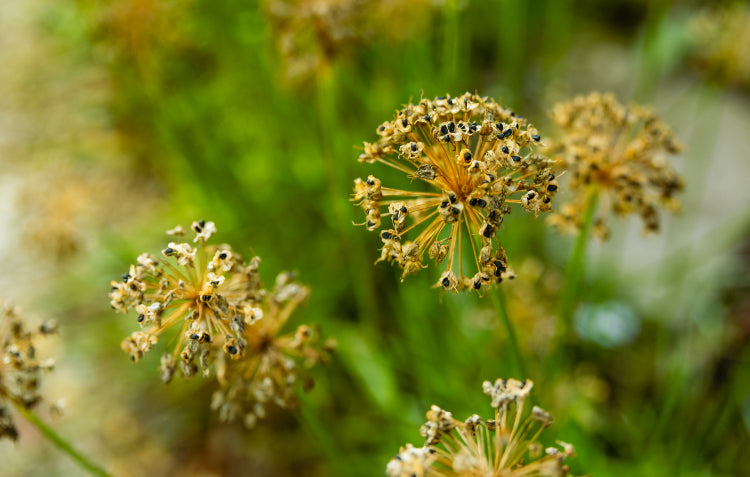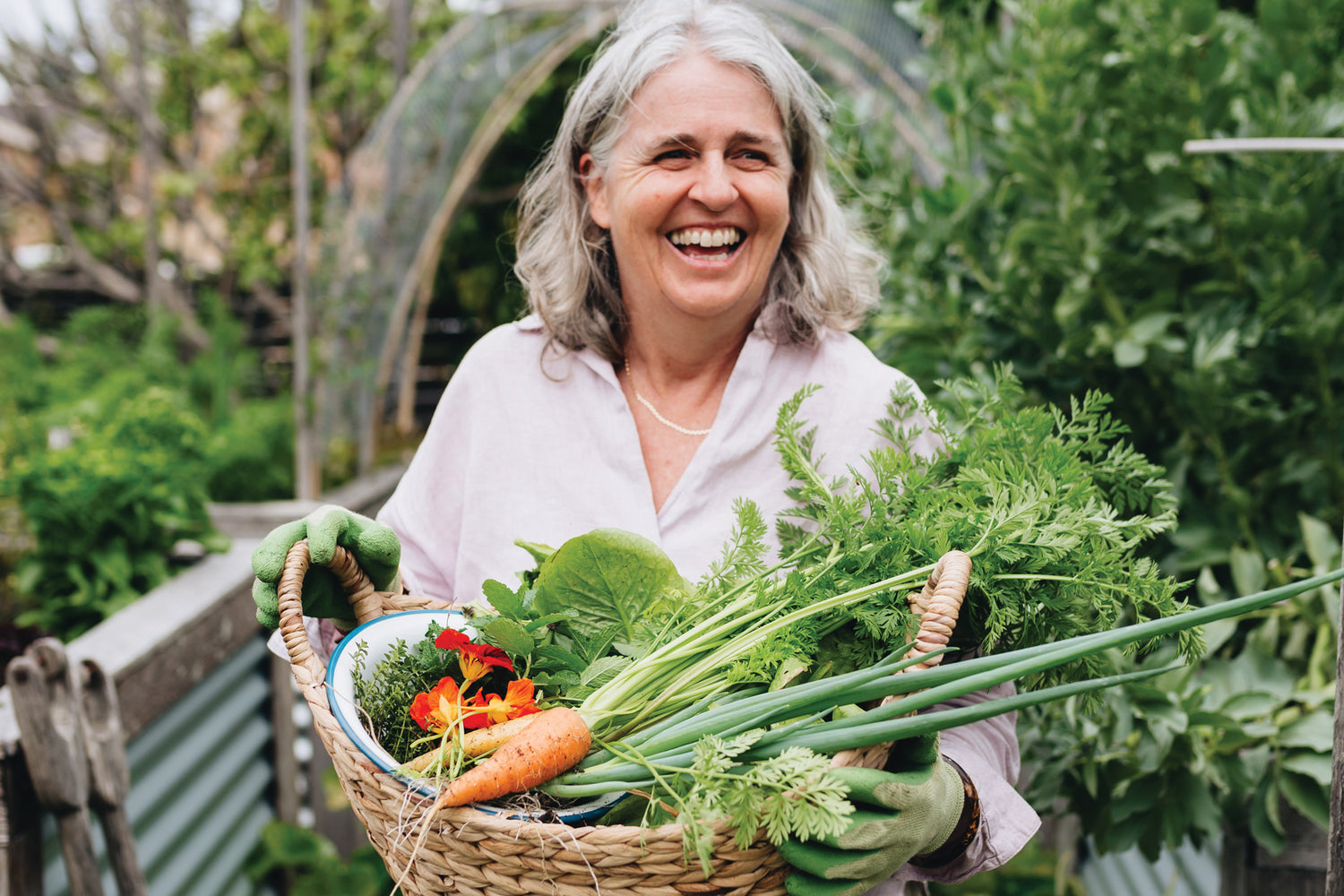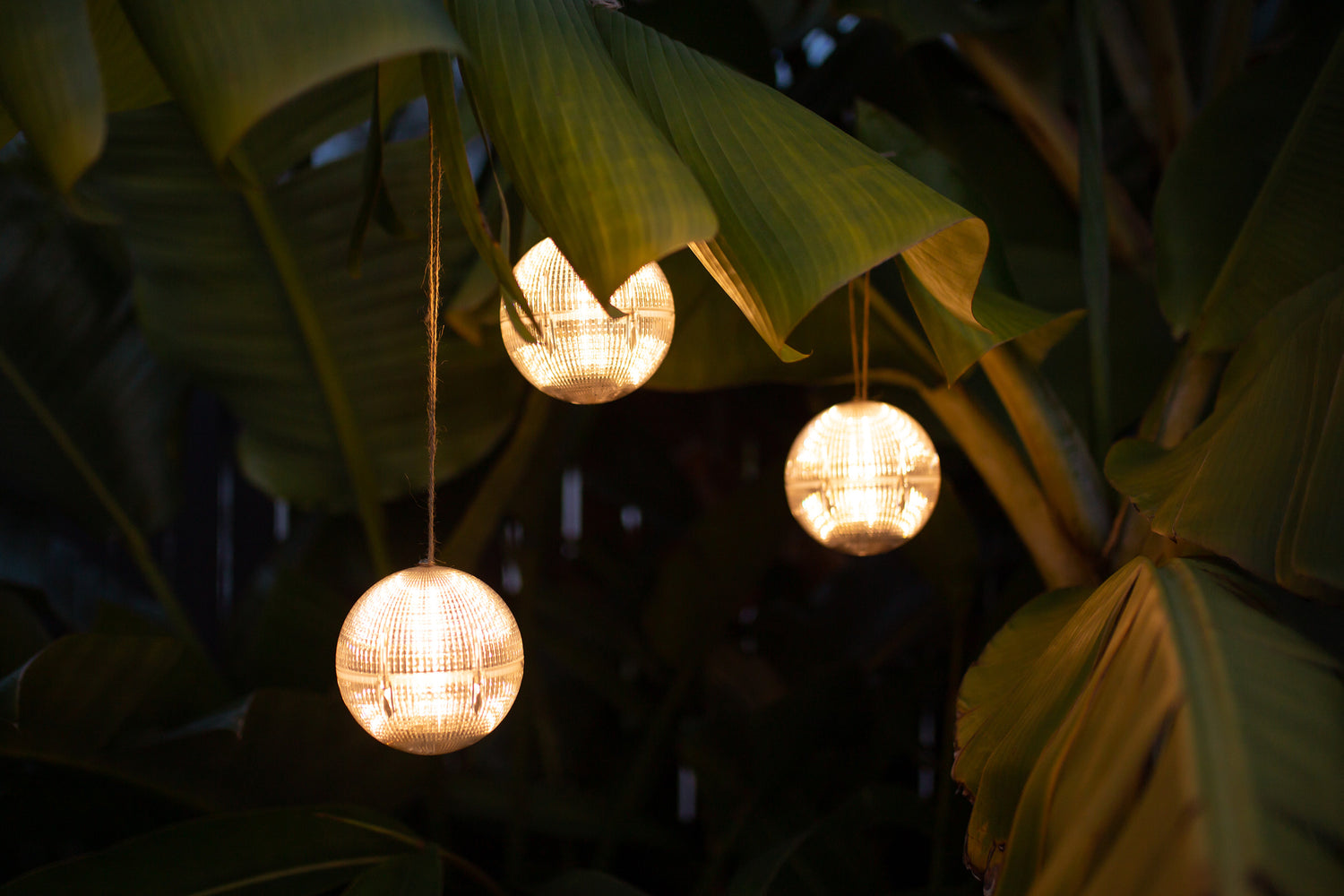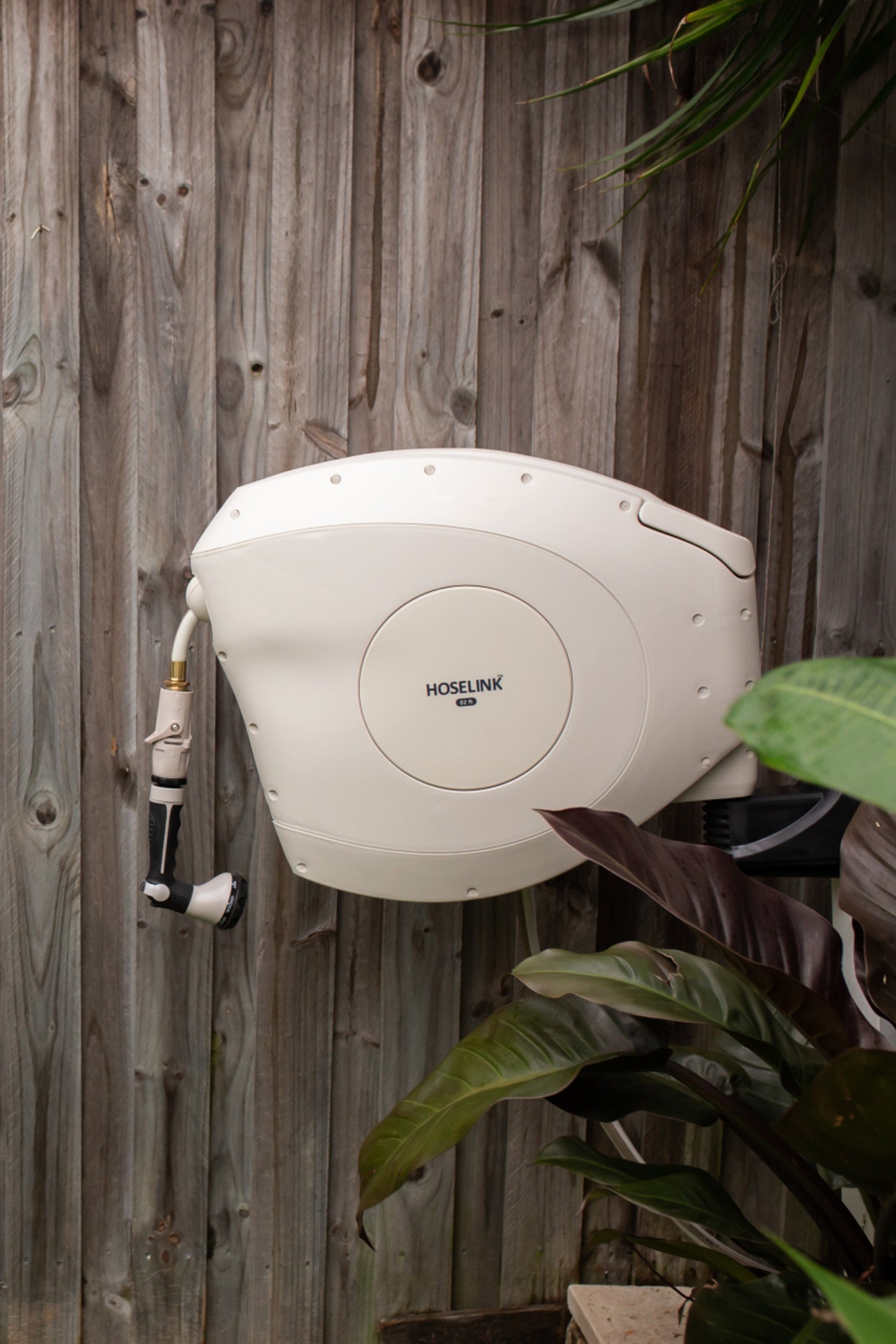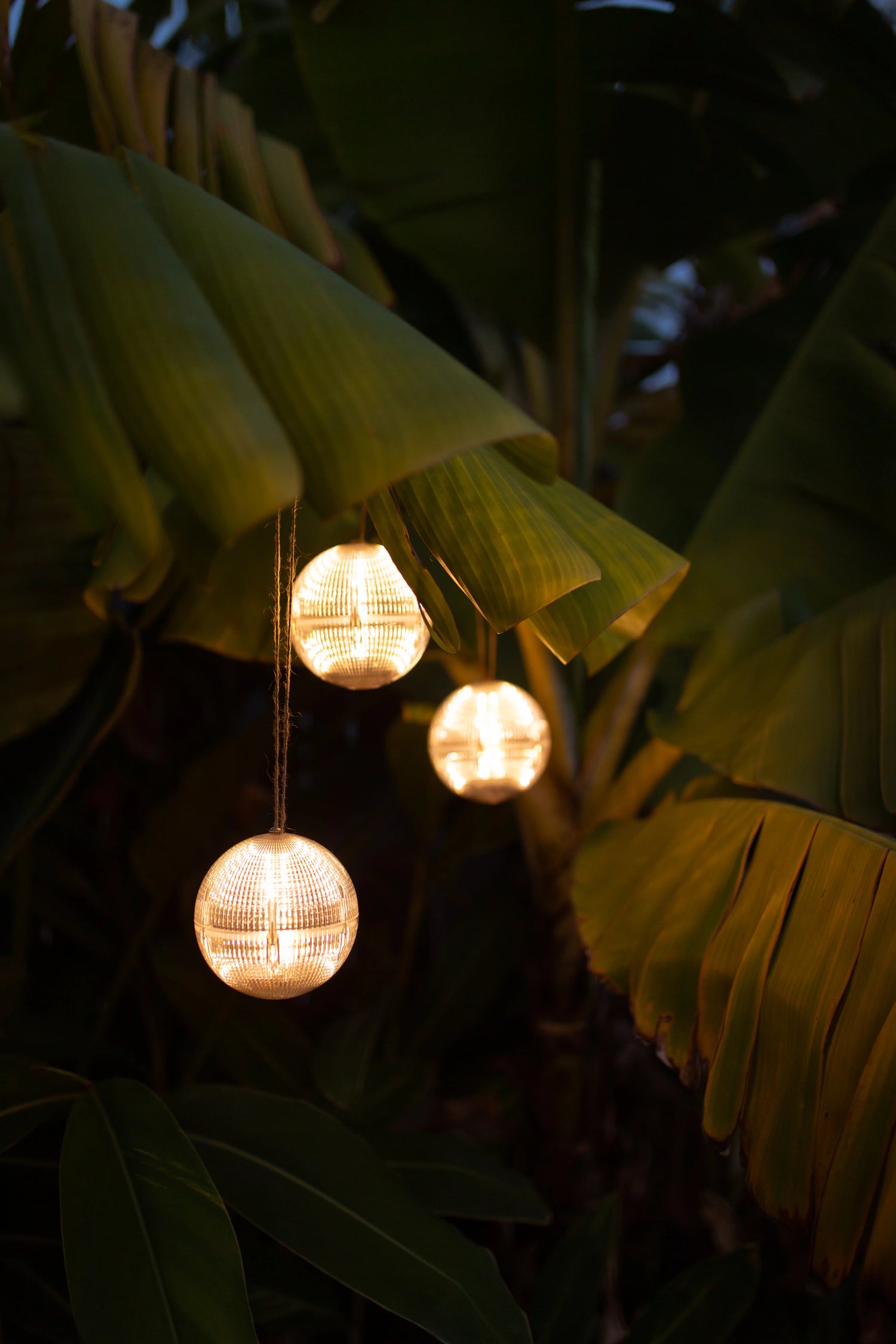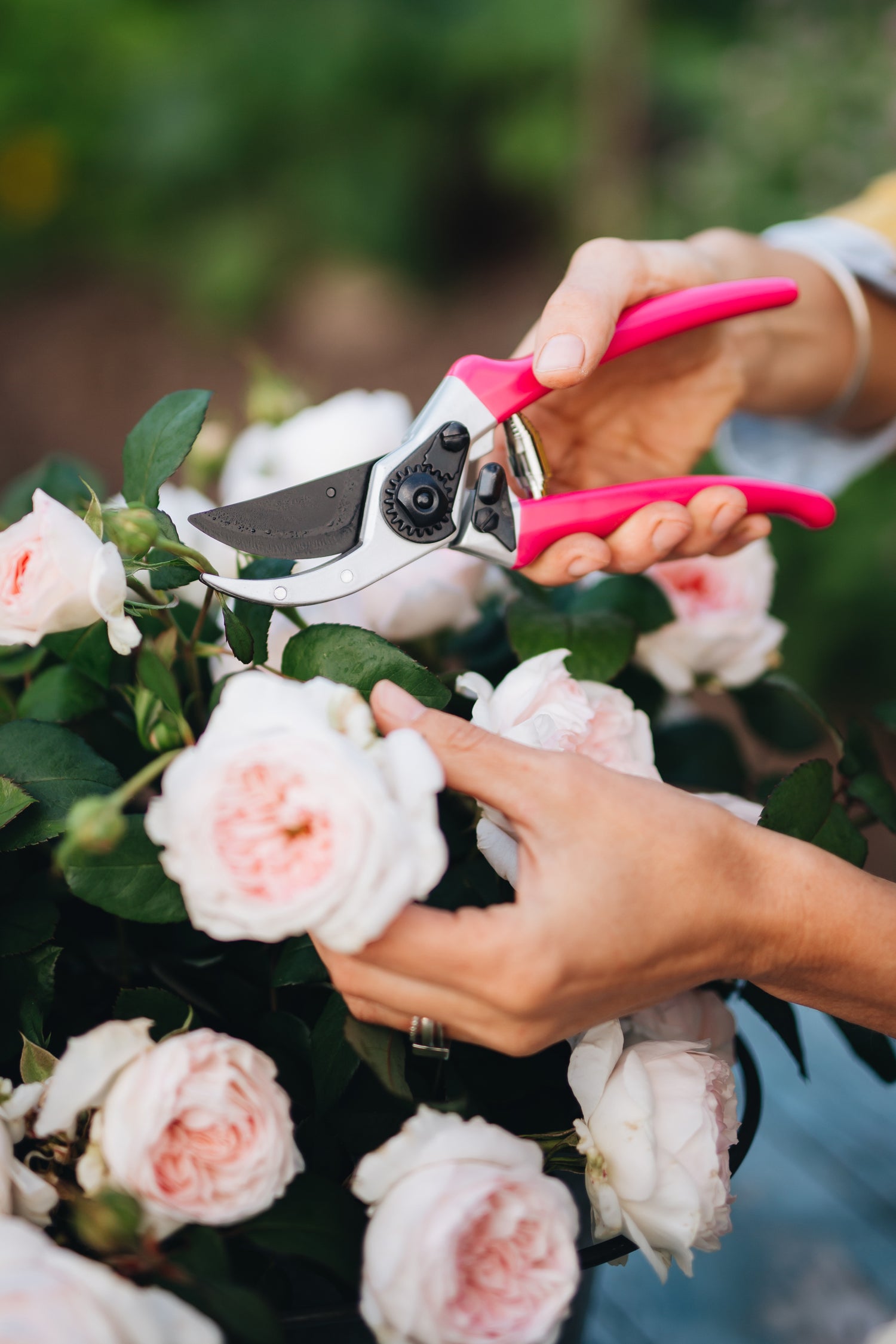Hey gardener, can you believe it's already October? Where did the season go? I walked through my garden this morning and it feels like a totally different place - all the plants that were so alive and popping a few months ago are now fading out. The leaves are turning and everything is looking a little droopy and tired. It's kind of sad to see, you know? Like the whole summer was just a beautiful dream that slipped away.
But even though I'm sad to see my garden in decline, there's something nice about it too. All those pretty flowers can't bloom forever. As I was cleaning up some of the dead tomato plants today, it really hit me that this is just nature's cycle. Growth, death, rebirth - it happens every year. Just like us! We have our seasons too. So I'm trying to just appreciate the transition and reminder that nothing lasts forever. Circle of life and all that.
Though the fall colors are stunning, it's clear that the growing season is coming to an end, our first frost will inevitably be here this month and with it, the mark that ends most of the plants that are still alive in the garden. The vitality of summer has faded and now it's time to put the garden to bed for its long winter's rest.
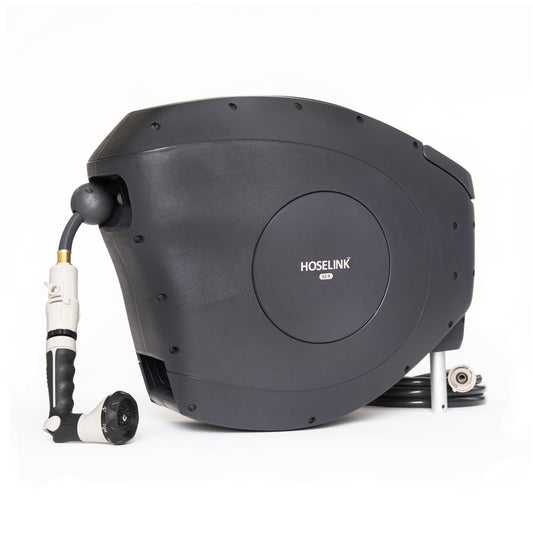
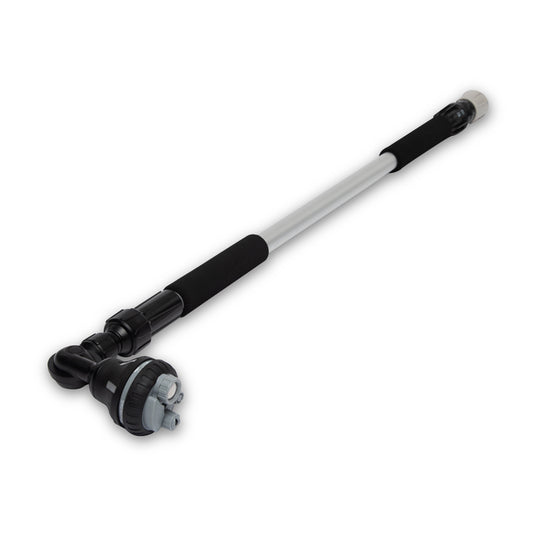
Here are a few things that I am doing to prepare this month:
Clearing Out the Dead
My first task this month is clearing out the dead, dried up plant material. The healthy greens of summer are now brown and brittle. I go through each of my raised beds methodically, cutting back spent vegetable plants, trimming faded material, and pulling weeds, the tomato plants that once were the show stoppers and taking over the trellises are now almost gone, there are only a couple of green tomatoes on the plants still reaching for that sunlight and fighting thru the cool morning temps.
I carefully take a look at my flower beds in the ground to spot any diseased plants, to cut any overgrown branches and to try to make them look somewhat presentable. I am careful not to damage any of my dahlia plants, those need to die completely after the first frost for me to collect the tubers in the ground (I’ll touch on that a little bit more below) so for now, they can stay and I still produce whatever blooms they wish, for my zone, dahlias seem to do a lot better this time of year anyway.
Anything diseased gets bagged up and disposed of to prevent issues next year. It’s somewhat depressing to see the demise of plants that were bursting with life just a short while ago, but it’s all part of the garden’s natural cycle.
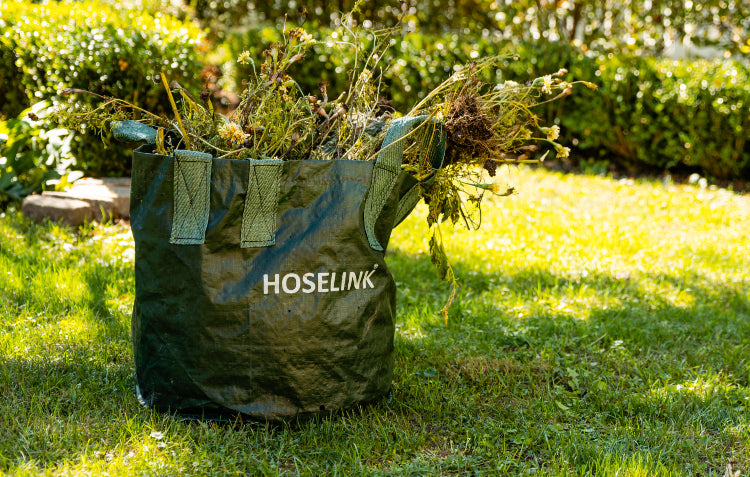
Gathering Seeds
As I clear away debris, I keep an eye out for seeds. So far I have collected seeds from zinnias, cannas, sunflowers, calendula, tomatoes, snapdragons and Salvias. Many annuals and perennials produce seed pods at the end of the season. I like to gather these and save them to plant next spring. It’s amazing that such a small seed can produce bright zinnias, towering sunflowers, and abundant vegetables when given the right conditions. Collecting seeds from my healthiest plants ensures I have locally-adapted varieties that will thrive in my garden. It provides a sense of optimism for renewal ahead (Plus, I save a little bit of money at the end).
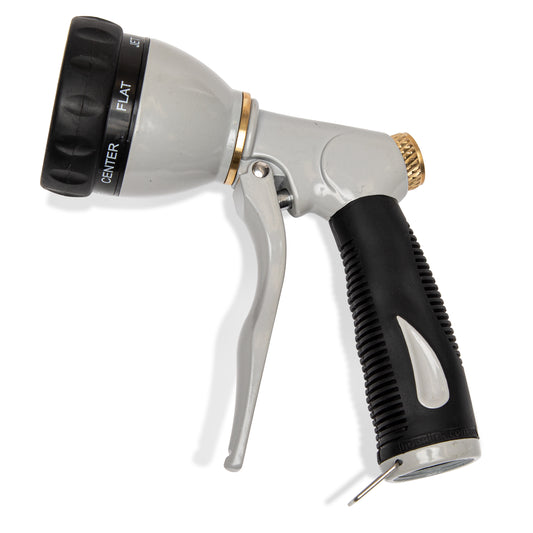
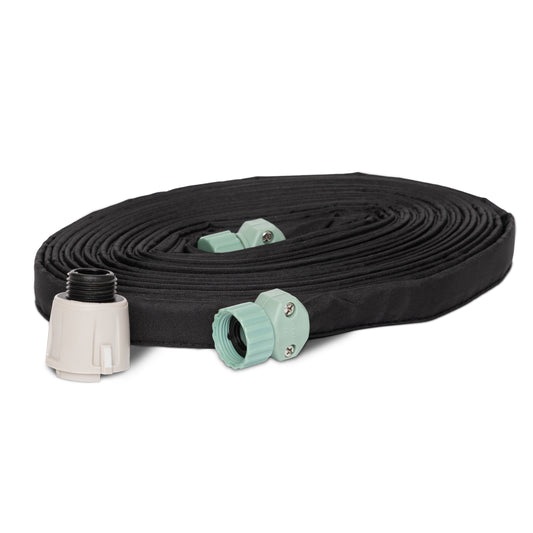
Saving Dahlia Tubers
As October arrives, it's time to think about saving dahlia tubers for next year's garden. Dahlias are tender perennials that don't survive winter frosts in most climates(Definitely not mine!). But their tuberous roots can be overwintered indoors and replanted in spring.
When the dahlia foliage has been blackened by frost, it's time to dig up the tubers. Carefully lift each plant with a garden fork, taking care not to damage the roots. Knock off any excess soil and remove the remaining stalks, leaving about an inch of stem attached to the top of the tuber.
Check the tubers for signs of rot or damage. Any that are diseased or pest-damaged should be discarded to avoid spreading problems next season. The healthy tubers can be stored either in slightly damp sawdust, peat moss, or vermiculite in a cool basement or garage around 40-45°F.
Another option is to pack the tubers in plastic bags with a bit of moist perlite, peat, or paper towels. Remove any excess air from the bag and store in an unheated basement around 38-40°F.
Check stored dahlia tubers periodically over the winter. Re-moisten the packing material if needed to prevent shriveling. In spring, pot up the tubers in March or April to get an early start on the growing season. With proper storage, the tubers will reward you with vigorous, beautiful dahlia plants once again.
Perfect time for planting Garlic
October is the perfect time to plant garlic! This month you have time to prepare the soil and get those garlic cloves ready. Choose a sunny spot with nutrient-rich, well-draining soil. Separate the individual garlic cloves from the bulb, being careful not to damage them. Plant each clove with the pointy end facing up, about 2-3 inches deep and 4-6 inches apart. Pat the soil gently over them. Garlic needs about 8-10 weeks of cool weather below 40 degrees Fahrenheit to initiate root growth before the ground freezes. October's cooler temperatures are ideal to get the garlic established. Once planted, little maintenance is needed beyond light weekly watering until sprouts emerge. With some preparation now, you'll be rewarded with a bountiful garlic harvest next summer!
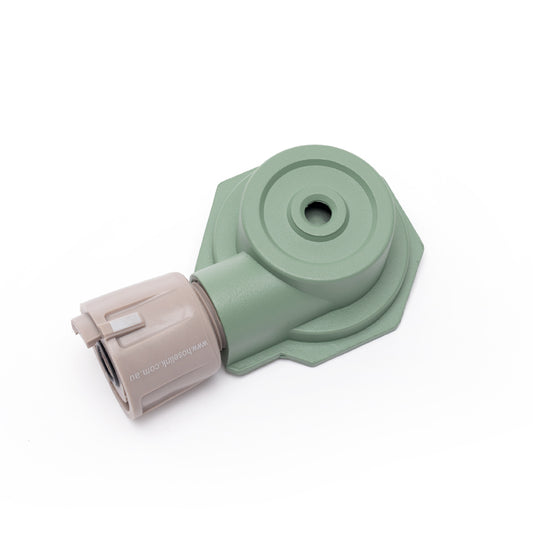
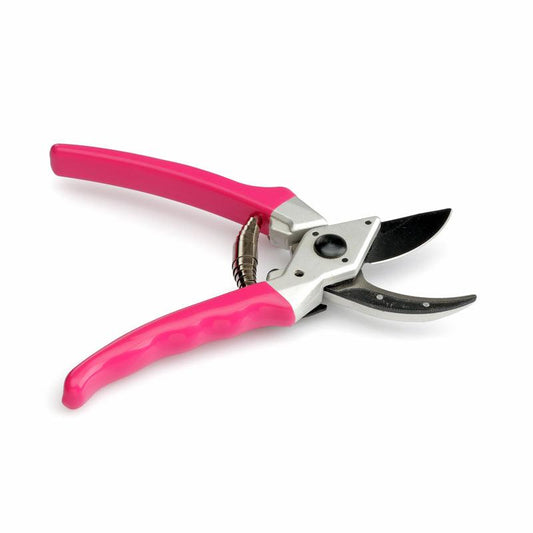
Preparing for Frost
While October days can still be pleasantly warm, frost will soon arrive in my area. I take care to tidy up any plants in containers and bring them to one side of the house for some extra protection. The hardy plants in the ground are on their own once temperatures dip. All I can do is provide them with a layer of mulch (store bought or fallen leaves from my neighbors’ yard) and hope for the best! A late frost can be devastating, but most established perennials can handle a light freeze. A fresh layer of mulch also helps insulate plant roots and prevent extremes in soil temperature.
There is poetry in this decay, a sad reminder that all things, no matter how glorious, eventually return to soil. And in that soil lies the promise of rebirth. And just like my garden, my body and spirit are ready for a rest. After a busy spring starting seeds, tending to seedlings, searching for plants, planting, planning the 2023 garden and summer out maintaining, weeding, watering, raking, troubleshooting and harvesting, I'm looking forward to some down time this winter. Don't get me wrong, I love gardening and being outside when the weather is nice. But now that October is here, I'm welcoming the slower pace and turning inward that the colder months bring.
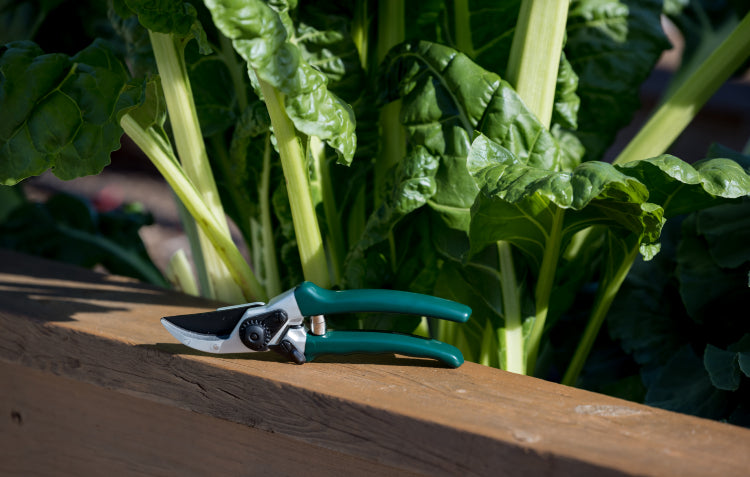
As the final leaves fall and I tuck my garden beds in under a blanket of foliage and mulch, I find myself wanting to cocoon up too. It's time to quiet my mind, reflect on the past season, and recharge for when another spring inevitably arrives. The garden and I will rest and renew together.
My friends, I hope you've enjoyed your garden this year and that it brought you many MANY joys! It warms my heart to share my small patch of earth with fellow nature lovers. I'll be here at home with my seed catalogs and gardening books, dreaming up plans for next year. Happy autumn!
If you enjoyed this blog and would like to see more from Roxana, you can visit her YouTube channel via this link:

